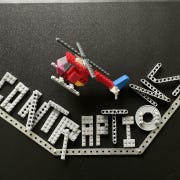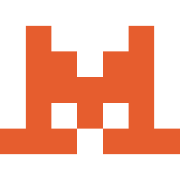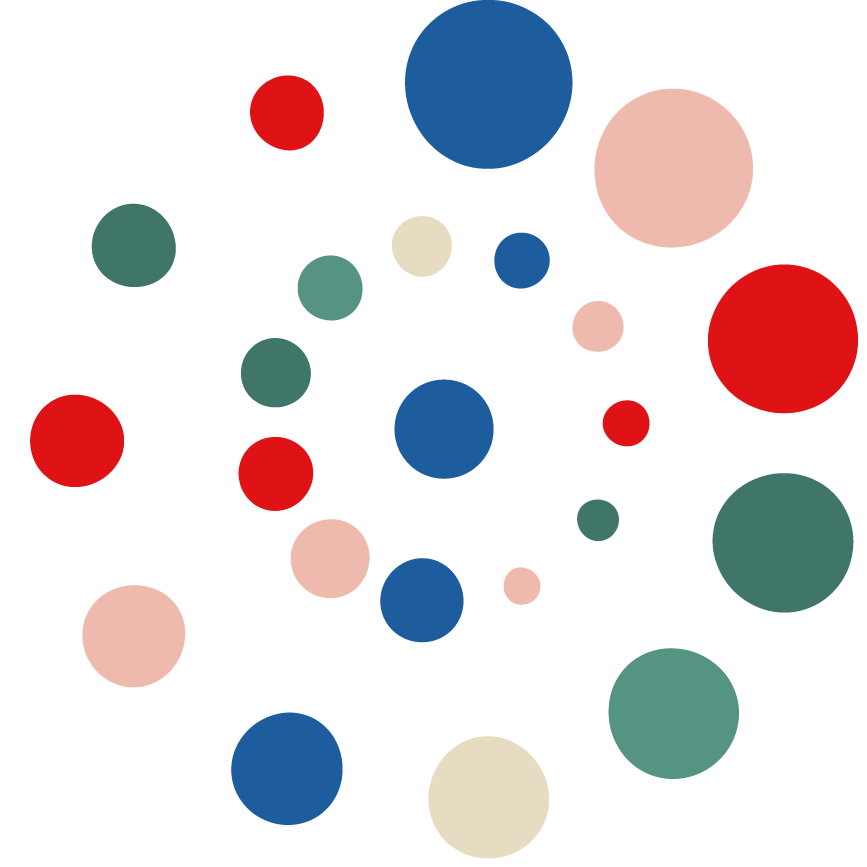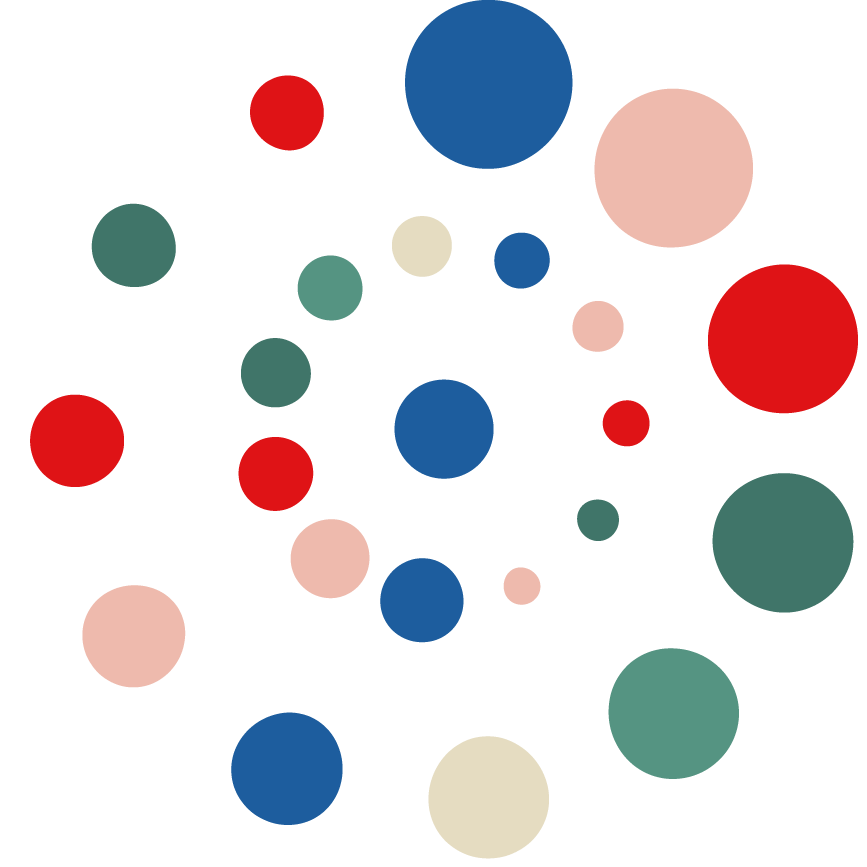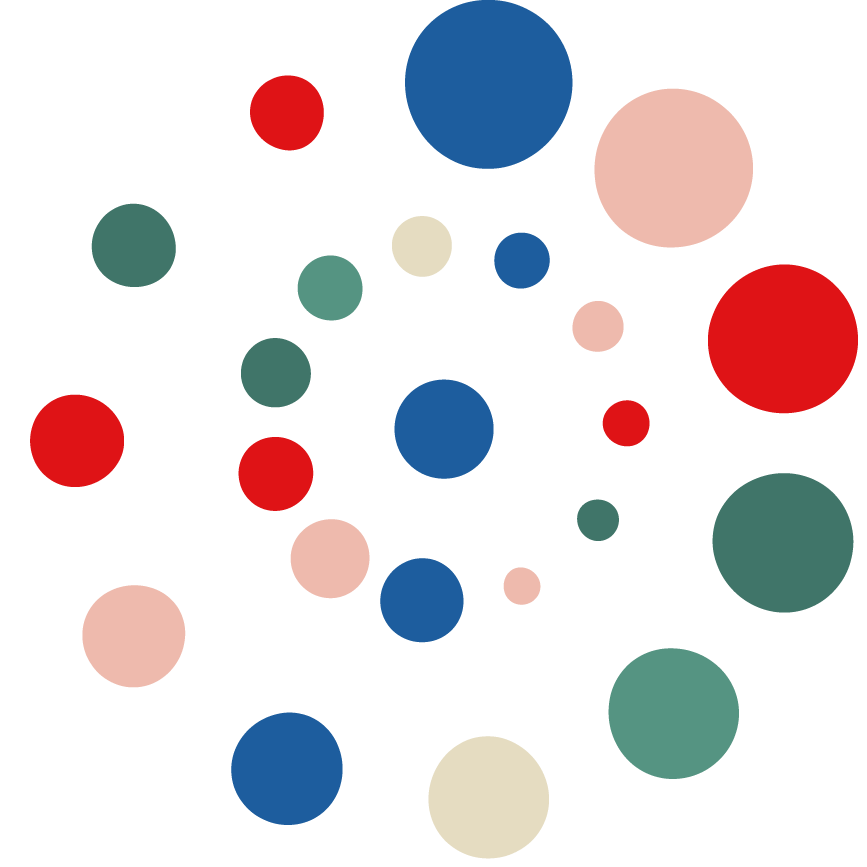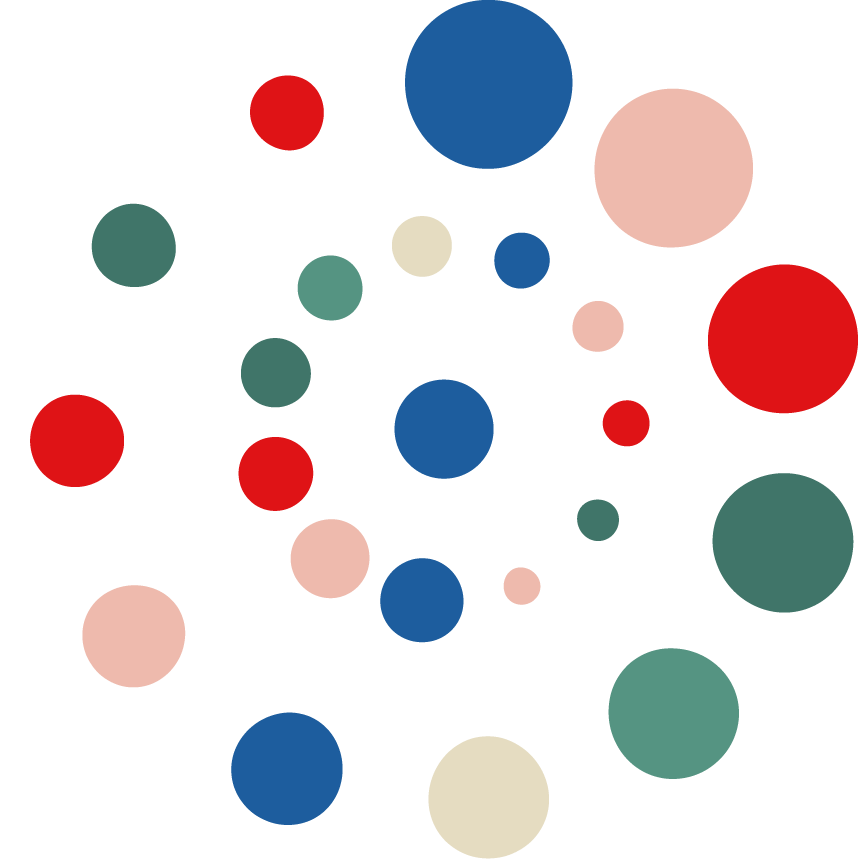Paradox of ambient intelligence: between certainty and shadows
Weeknotes 350 - Can AI truly perform critical thinking as it does not have a clue? How to bring in humbleness through our own interactions? This and more from last week's news on human-AI-thing collabs.

Weeknotes 350 - Can AI truly perform critical thinking as it does not have a clue? How to bring in humbleness through our own interactions? This and more from last week's news on human-AI-thing collabs.
Hi all!
Big news! Nr 350! This will be the last newsletter that I send as "Target is New". The newsletter will not change, but from next week, I will rename this to my personal website (iskandersmit.nl), as I believe that is more in line with my work. So you don't have to do anything. Only the name changes 😄
As always, let me introduce myself to new readers. This newsletter is my personal weekly digest of the news from last week, of course, through the lens of topics that I think are worth capturing and reflecting upon: human-AI collaborations, physical AI (things and beyond), and tech and society. I always take one topic to reflect on a bit more, allowing the triggered thoughts to emerge. And I share what I noticed as potentially worthwhile things to do in the coming week.
If you'd like to know more about me, I added a bit more of my background at the end of the newsletter.
Enjoy! Iskander
What did happen last week?
To follow up on the rebranding of the newsletter. Last week I did some thinking about this. It is always less easy to take this introspective by yourself, so I am happy to join a small group of three to validate our own progress, and beyond. Also had discussions before with others.
It used to be a tradition to enter proposals for the SXSW panelpicker. One time it was successful back in 2016 already. I did had the deadlines sharp this year and I am in general in doubt how relevant SXSW is nowadays. But when I was reminded by Sam and asked if I did enter a proposal it started brewing. Some of the topics I am thinking about come together, from the design for collectivity and immersive AI in our physical lifeworld, and the relation to the cult of immediacy, what I boiled into the triad of immersion, see this short post at Cities of Things.
So I took the weekend to linger and flesh out a short proposal, titled “Crafting Collective Protocols for Immersive AI Worlds”.
What did I notice last week?
Scroll down for all the notions from the last week’s news, divided into human-AI partnerships, robotic performances, immersive connectedness, and tech societies. Let me choose one per category here:
Human-AI partnerships: An interesting exploration of writing and reading in the age of AI. Writing as a fun experience can keep us trained.
Robotic performances: Self-recycling robots.
Immersive connectedness: You can expect (hope) the Apple Watch with Apple Intelligence to be the poster child for embedded and ambient AI.
Tech societies: Is GPT-5 around the corner? And will it be safe for the world?
What triggered my thoughts?
Two seemingly unrelated concepts captured my attention this week - one from a podcast asking whether AI can teach critical thinking, the other from another podcast discussing "ambient agents." As I reflected on both, connections emerged.
Can AI truly model critical thinking when it's designed to provide answers rather than embrace uncertainty? In the core, they calculate probabilities for next tokens but present outputs with authority. Which, of course, is also the only conclusion the AI can draw unless it is challenged by its user. For critical thinking you need to be aware of possible flaws in your reasoning, or in other words embrace the value of uncertainty, not in the core of AI.
The question isn't whether AI systems should pretend to be humble ("I'm not sure about that..."), but whether they can embody genuine uncertainty. A large language model doesn't "know" things - it predicts likely text continuations based on training data. When it confidently states something incorrect, is this a failure of humility or simply the system working as designed?
Perhaps what we need isn't AI that mimics human uncertainty but interfaces that honestly communicate probabilistic thinking. We need a new language for expressing degrees of certainty that users can interpret and evaluate. The challenge isn't programming humility but designing for transparency.
This brings me to the second thought that was triggered - the concept of "ambient agents" running continuously in the background of our lives. These aren't systems we explicitly query but ones that observe, learn, and occasionally intervene based on accumulated patterns.
This reminded me of work I explored a decade ago around Google Glass and early smartwatches, what I called "trigger-based interactions” (a slidedeck from back then) ." Back then, I argued that notifications would create an entirely new interface layer responsive to contextual cues rather than explicit commands.
What's fascinating about today's ambient agents is how they extend beyond simple contextual triggers. They don't just respond to immediate stimuli but collect patterns over time, drawing conclusions from the archaeology of our behavior. It's not action-reaction but a form of continuous presence.
These two concepts - AI's relationship with uncertainty and ambient intelligence - intersect in interesting ways. An agent that's always watching needs mechanisms for communicating confidence levels even more than a chatbot. When AI shifts from answering our questions to anticipating our needs, the stakes of overconfidence multiply.
Our culture of immediacy complicates this further. We've trained ourselves on instant gratification, on notifications demanding attention. Yet ambient AI offers a different possibility: technology that accumulates understanding patiently over time, presenting insights with appropriate tentativeness.
The most important design challenge may be creating systems that can whisper doubts as clearly as they proclaim answers - ambient agents that know when not to act, that can communicate uncertainty without disappearing into uselessness.
As AI increasingly becomes environmental rather than tool-like, these questions transform from theoretical to practical. How do we design intelligence that lives in the shadows of our attention while maintaining the critical stance necessary for genuine thinking? The answer may determine whether ambient AI becomes a thoughtful companion or just another source of unwarranted certainty in lives already overflowing with false confidence.
What inspiring paper to share?
More about agent-based models in this paper: Diffractive Interfaces: Facilitating Agential Cuts in Forest Data Across More-than-human Scales
As cities worldwide adopt data-driven approaches to optimize urban forests, computational tools like agent-based models (ABMs) are increasingly popular to simulate forest growth and inform planting decisions. However, ABMs often focus on individual metrics, neglecting forests as interdependent ecosystems.
Drawing on feminist theorist Karen Barad's concepts of “diffraction” and “agential cuts,” we craft a repertoire of diffractive interfaces that engage with forest simulation data, revealing how more-than-human bodies can be encountered across diverse temporal, spatial, and agential scales.
Elisa Giaccardi, Seowoo Nam, and Iohanna Nicenboim. 2025. Diffractive Interfaces: Facilitating Agential Cuts in Forest Data Across More-than-human Scales. In Proceedings of the 2025 ACM Designing Interactive Systems Conference (DIS '25). Association for Computing Machinery, New York, NY, USA, 135–147. https://doi.org/10.1145/3715336.3735404
What are the plans for the coming week?
As I mentioned above, this is the last Target New-named newsletter. Nothing is changing, but it is. For me, I need to dive into some WordPress and Ghost instances to determine the best merging strategies. I'll see how that turns out…
I am looking forward to having more inspiring chats and planning for ThingsCon. More proposal writing is on the roll, and I am expecting to go to https://riseoftherainbow.nl/
Furthermore, I was not aware of any specific events. Don’t forgot to celebrate the pride.
The location for the ThingsCon Salon of 4 September is confirmed (in Scheveningen).
See you next week!
References with the notions
Human-AI partnerships
Interesting framing of writing and reading in the age of AI. Writing as a fun experience can keep us trained.
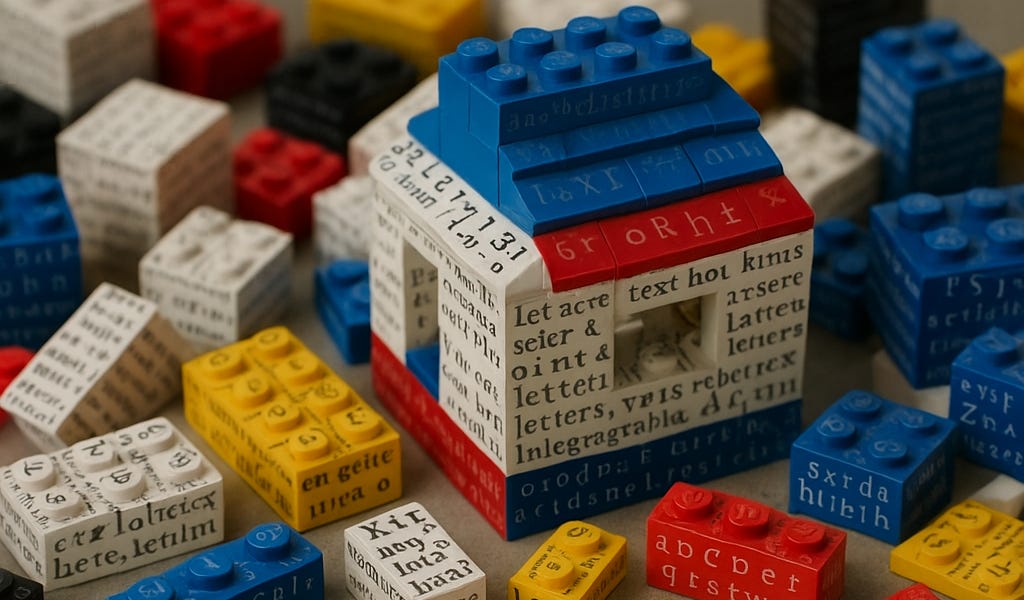
The influence of AI summaries is not what you might expect?

The matter of processes. In other words, do processes matter?
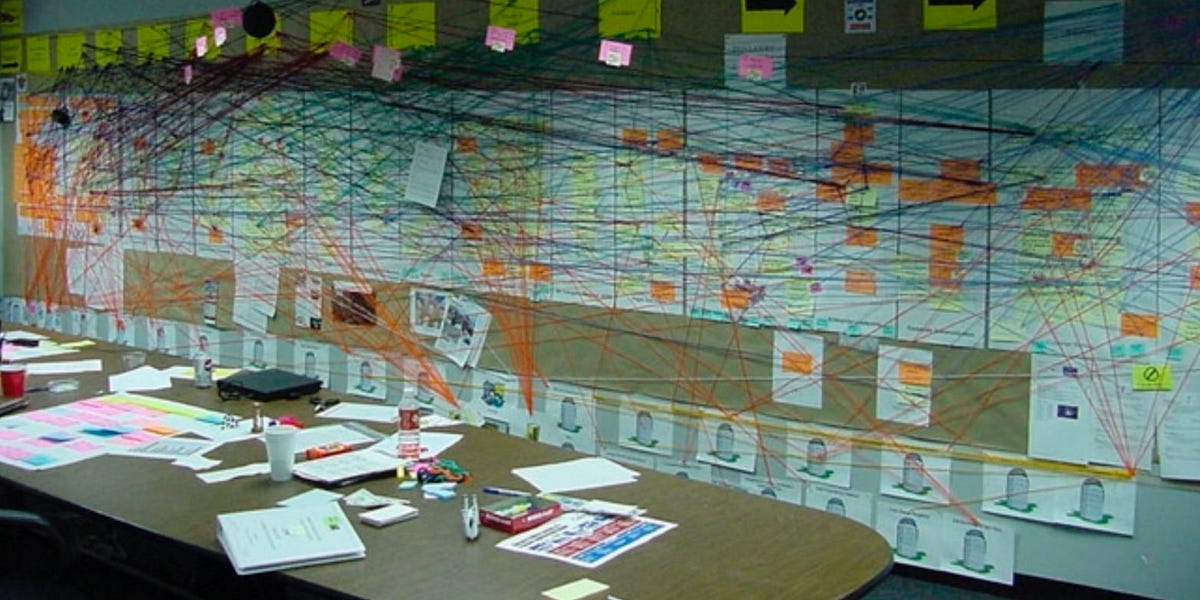
Everything conversational; after Dia and Comet, we get Microsoft jumping on the bandwagon of AI browser. Maybe not that agentic yet.
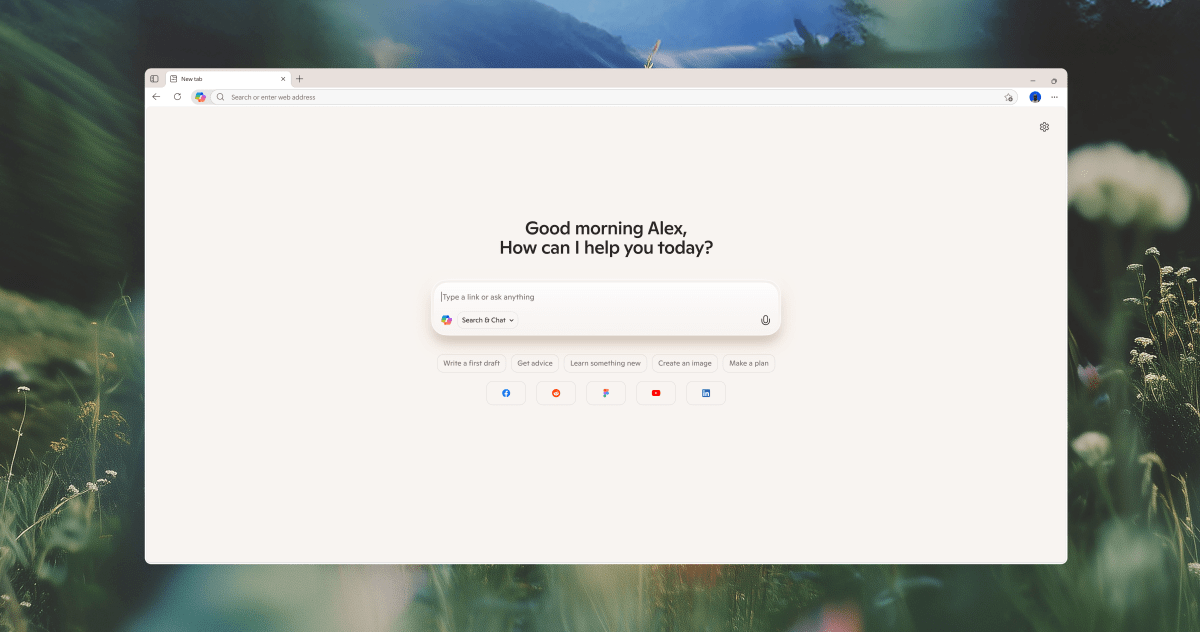
An MCP agent ticks some buzzwords.

There used to be a time —like last year— that new AI features in commonly used tools were news. Now it has become common. Still happening that there is more.

The Zapier of prompting?
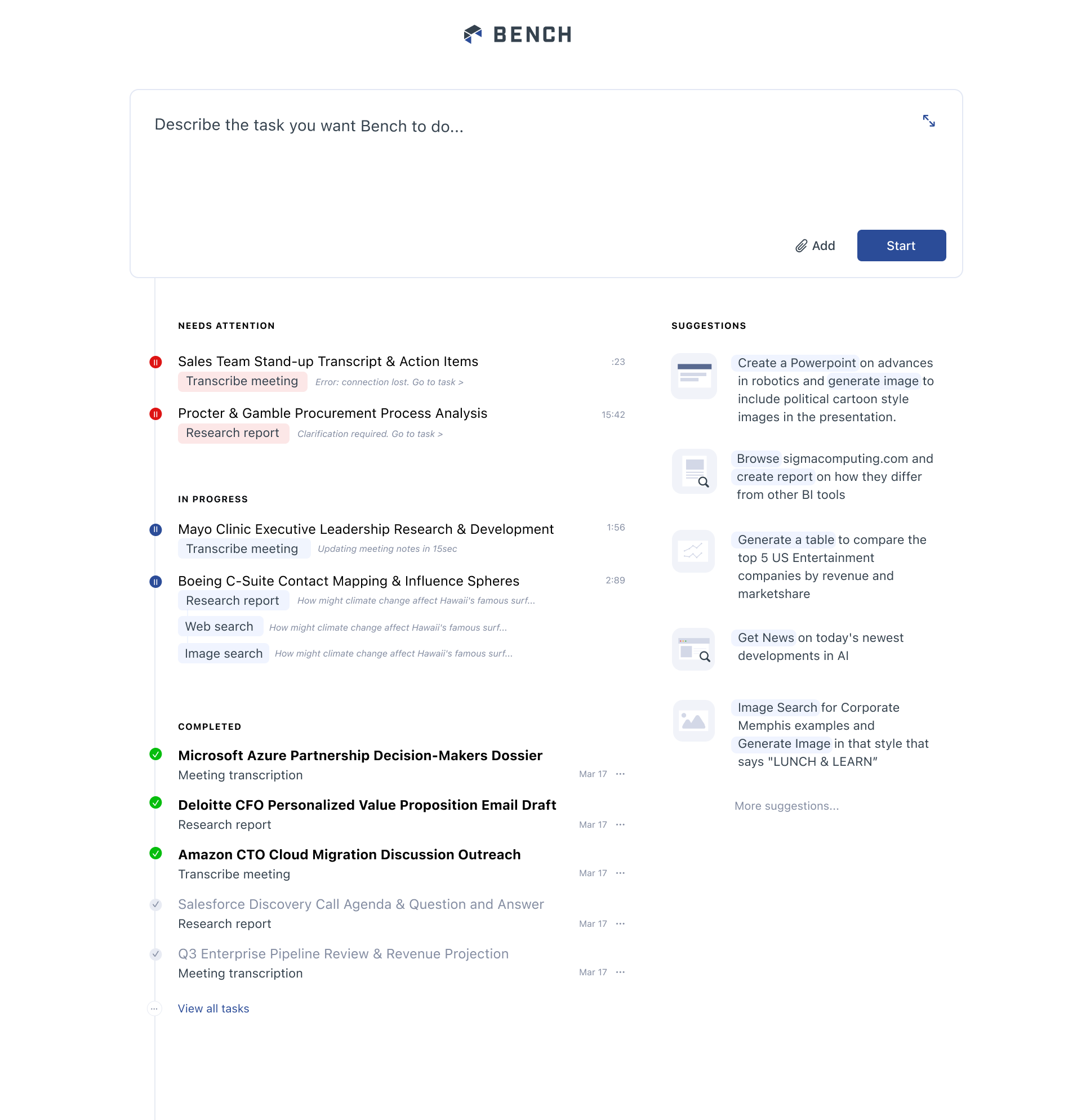
Robotic performances
This is not a surprise, Tesla does it again: overpromise, underdeliver. On multiple fronts.
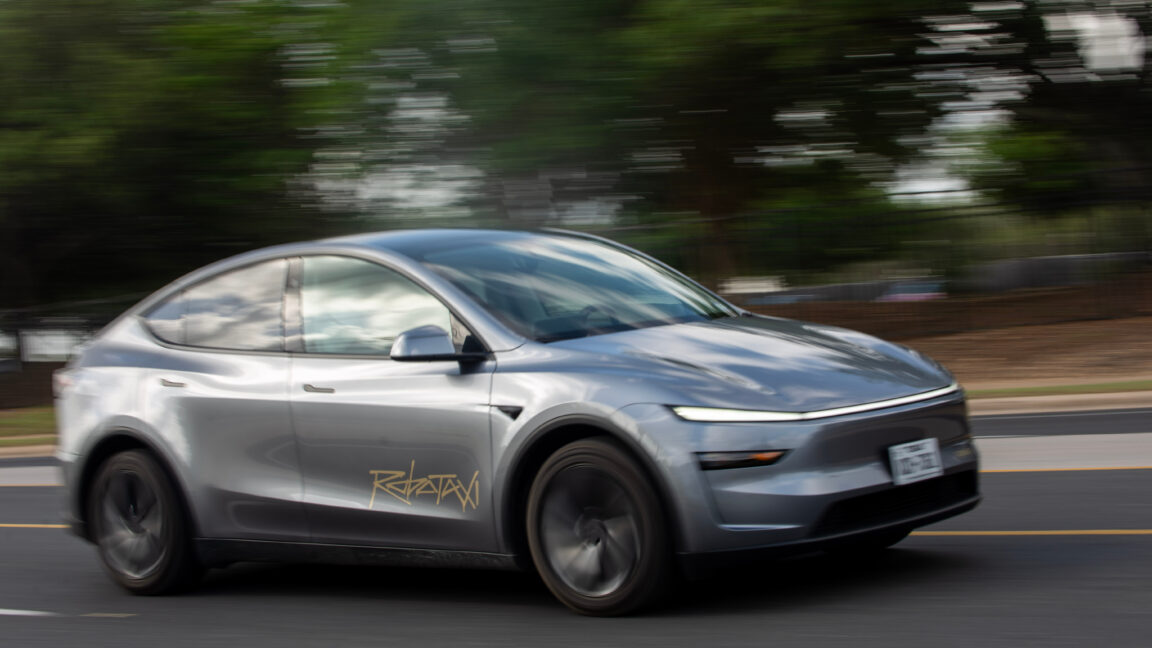
Waymo reached a milestone in regulation: https://www.bbntimes.com/technology/waymo-s-autonomous-driving-advances-u-s-closes-collision-probe-san-jose-expansion-approved
Self-recycling robots.

Drinks as a canvas. Making mocktails even more interesting.

Only in China, the first humanoid band member. Of a metal band of course.

Buy your own humanoid for not so expensive

Immersive connectedness
Is the new wave of wearable devices near, or is it still a hard try?

I have a bracelet lying around from a decade ago or so, that looks very similar to this. Or maybe it was more something around your upper arm. Have to look it up.
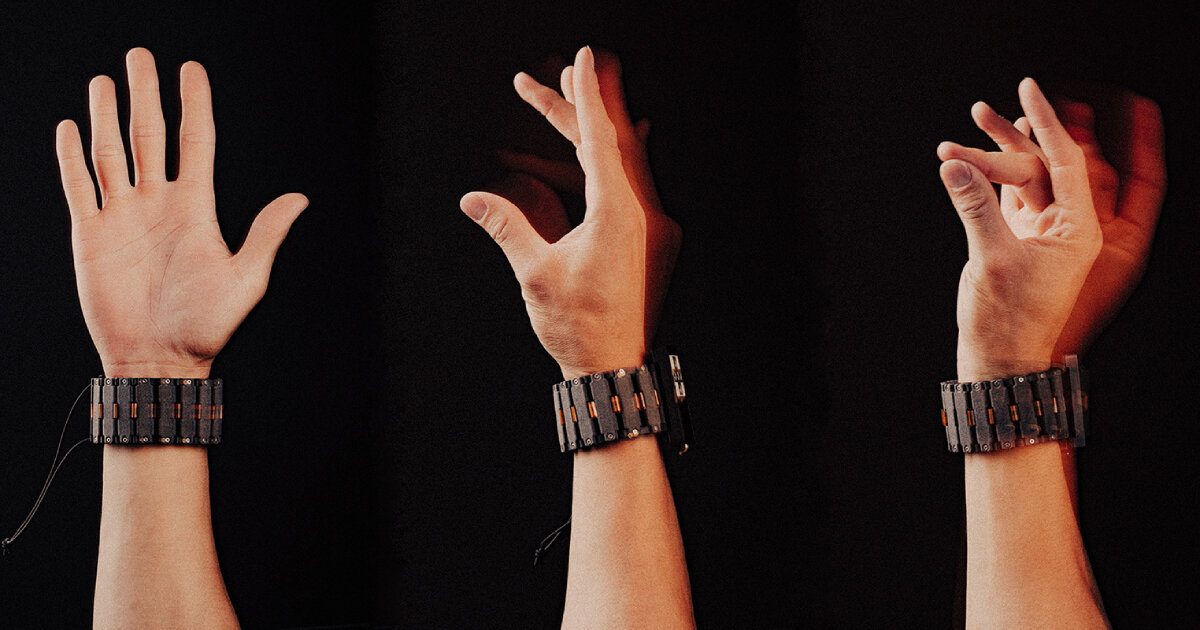
You can expect the Apple Watch with Apple Intelligence to be the poster child for embedded and ambient AI.
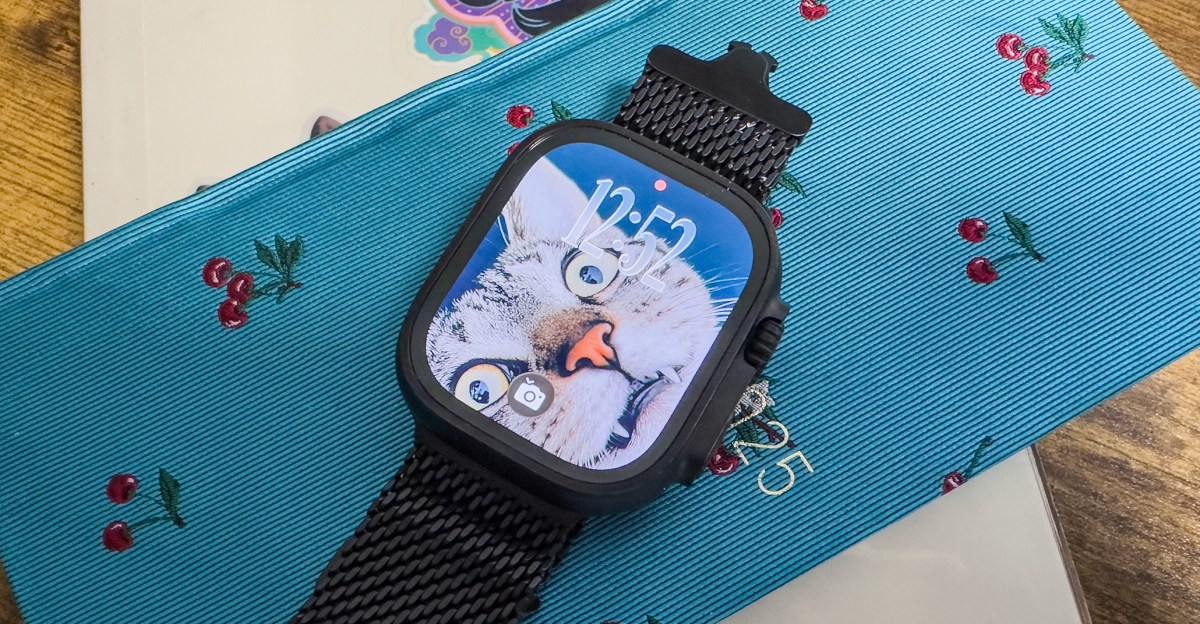
Once in a while bricked connected products pop up.

Heatmaps uncover fake news.

360 photography created with drones. Antigravity.

Tech societies
Is GPT-5 around the corner? And will it be safe for the world?


Energy use of Mistral. According to Mistral.
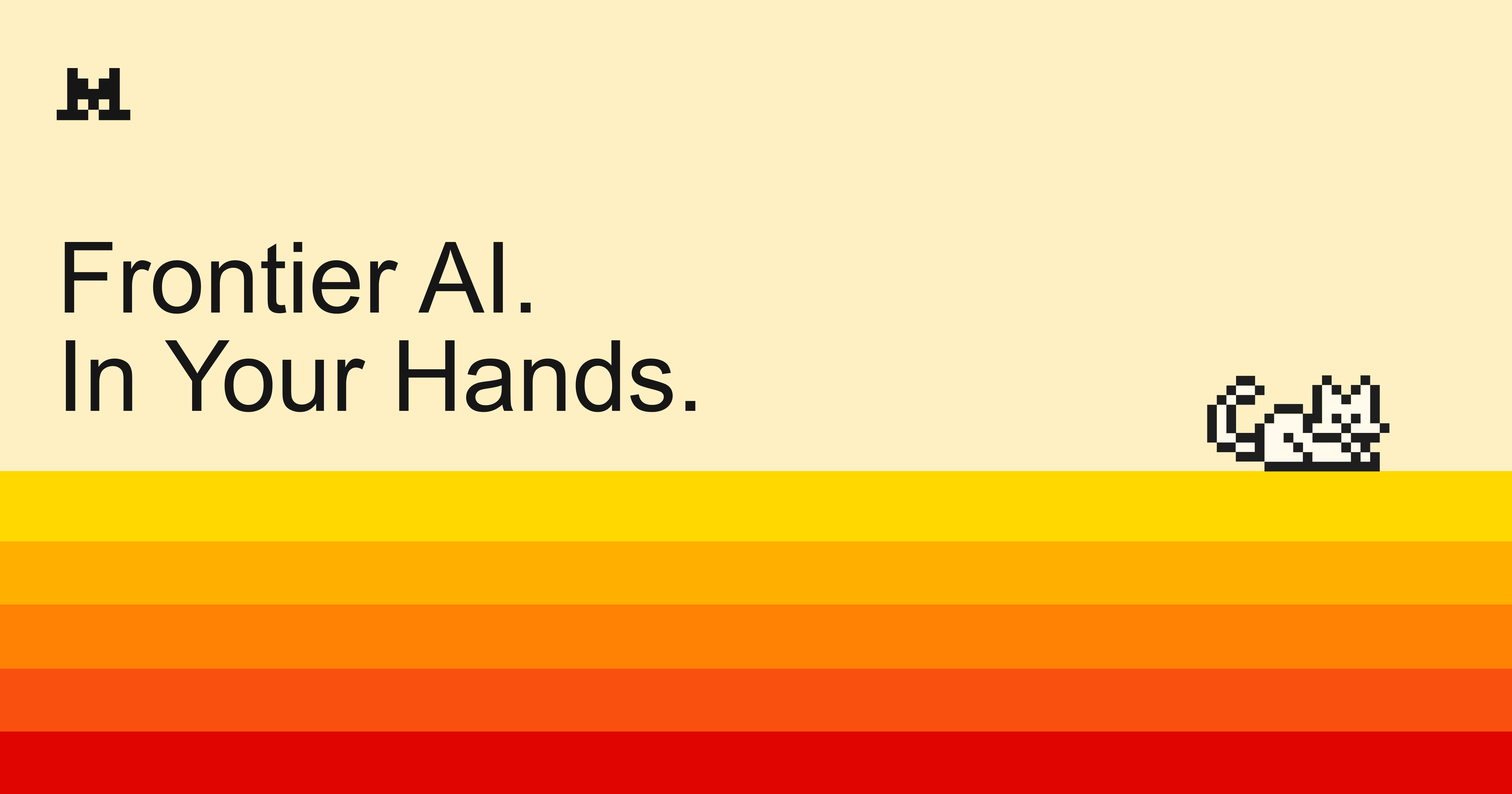
Is Web Guide a kind of vintage internet feel?
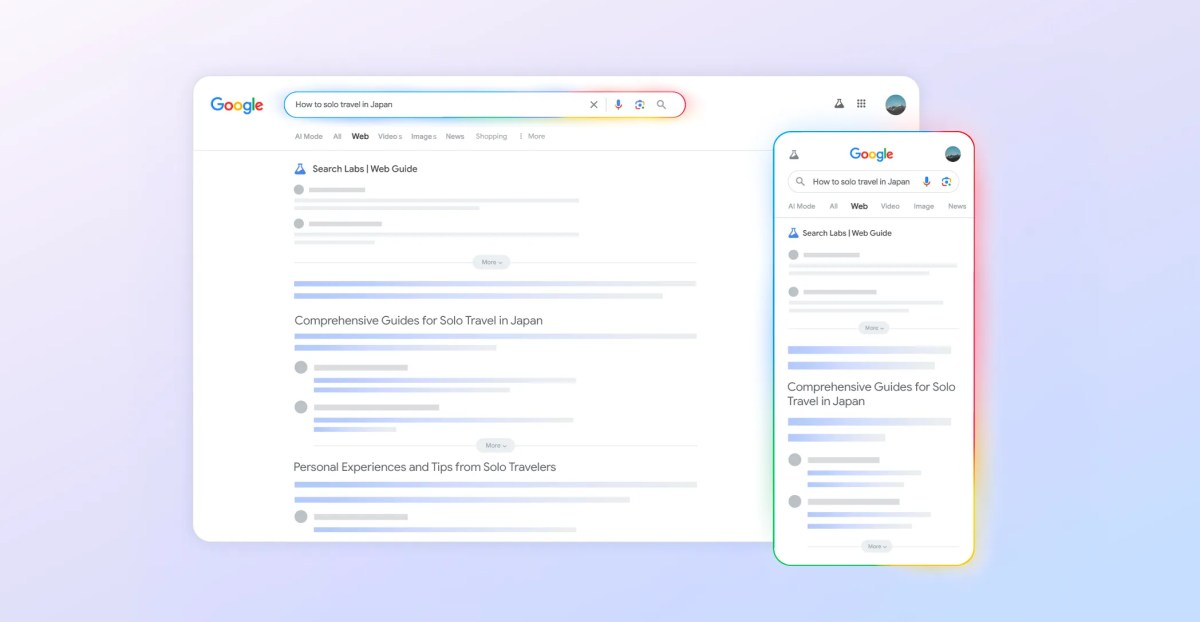
Ok let me predict that the canary in the coal mine of integrated AI workflows is the summary performances.

I am not sure what these future of mobility trends of McKinsey say about the value of the whole report. Otoh, I read these more as a thermometer in what the mainstream consultants are thinking.
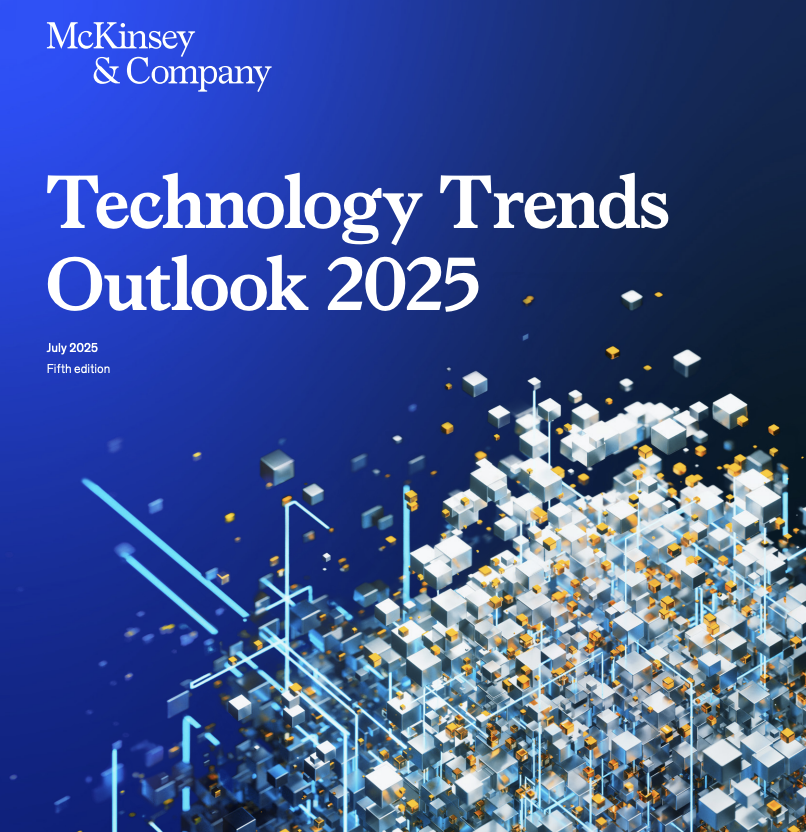
The chatbot culture wars are here.
There is no woke AI. And no such thing as unbiased AI systems. We need critical literacies with users.

The double-edged sword of a data protection act.

China on the forefront of promoting AI cooperation and ruling? Not so sure… There is an open wave in the models.


The right for machine hesitation.

No glitch. Culture.
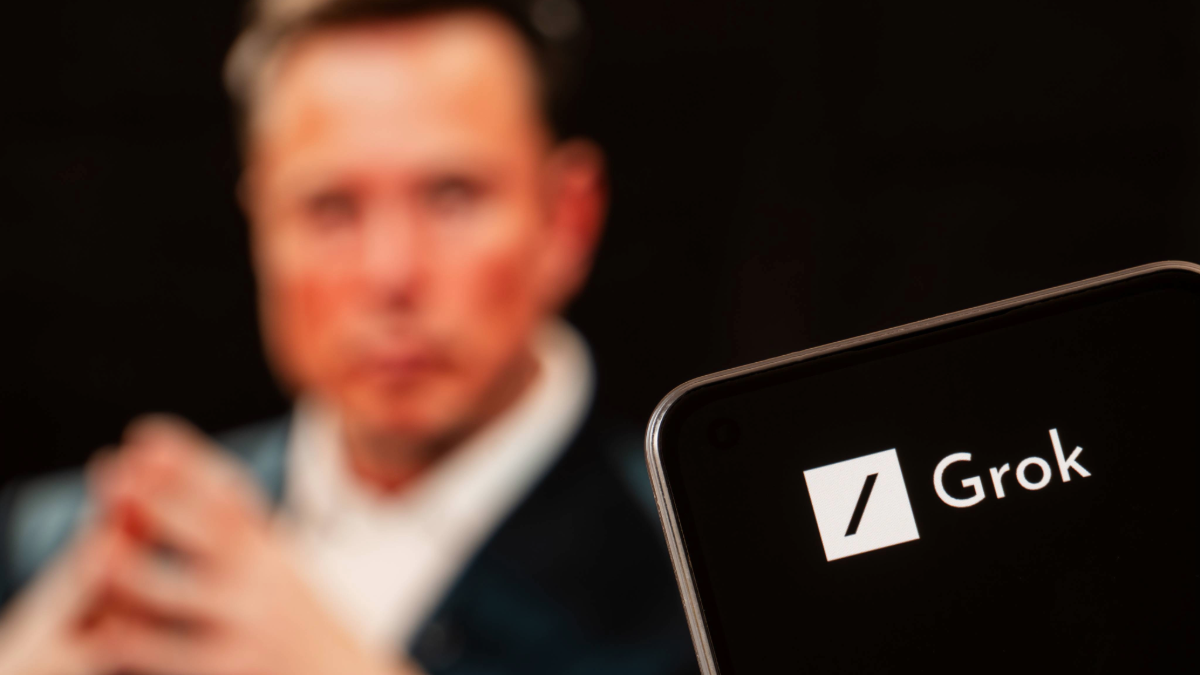
See you next week!
About me
I'm an independent researcher, designer, curator, and “critical creative”, working on human-AI-things relationships. My guiding lens is cities of things, a research program that started in 2018, when I was a visiting professor at TU Delft's Industrial Design faculty. Since 2022, Cities of Things has become a foundation dedicated to collaborative research and sharing knowledge. A signature project is our 2-year program (2022-2023) with Rotterdam University and Afrikaander Wijkcooperatie, which has created a civic prototyping platform that helps citizens, policymakers, and urban designers shape living with urban robots: Wijkbot.
In 2014, I co-initiated the Dutch chapter of ThingsCon—a platform that connects designers and makers of responsible technology in IoT, smart cities, and physical AI.
Recently, I've been developing programs on intelligent services for vulnerable communities and contributing to the "power of design" agenda of CLICKNL. Since October 2024, I have been co-developing a new research program on Civic Protocol Economies with Martijn de Waal at the Amsterdam University of Applied Sciences.
Contact me if you are looking for exploratory research into the impact of new technologies, and specifically human-AI co-performances, for inspirational presentations on cities of things, speculative design masterclasses, research through (co-)design into responsible AI, digital innovation strategies, and advice, or civic prototyping workshops on Hoodbot and other impactful intelligent technologies.

